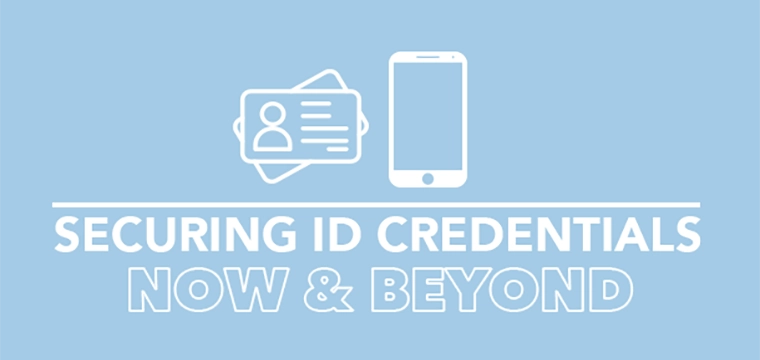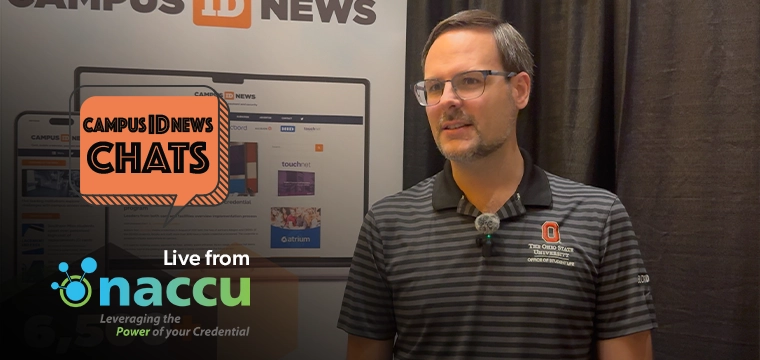
Card data can refine services and identify at-risk students, but privacy concerns abound
People tend to break into a cold sweat when they hear the term “data mining.” It’s a sensitive topic in a digital age – for good reason – and it’s perhaps one of the most complex issues that any industry has to face, higher education included.
Every institution with a campus card system is, right now, sitting on a veritable mountain of data. Every touch point where the student ID card is used across the campus and beyond – payments, dorm and building access, event ticketing and so on – yields a data point. The more data points, the clearer the picture becomes.
The data accrued by contemporary campus card systems can be used to refine campus services and business operations. It can also help to identify potentially at-risk students through attendance, access control or transaction trends. Whatever the application, however, the decision to data mine a campus card system won’t come without considerable debate.
That is because the concept of data mining is controversial. While the practice isn’t inherently evil, it is dependent upon its execution. If done responsibly and with the proper oversight, there’s great potential to benefit both institutions and students alike. But to onlookers – including many students, staff and faculty – data mining is quick to be labeled privacy invasive and Big Brother-esque.
The analysis or mining of card system data is not a new concept.
“I first realized potential in 2004 after reading early studies that used university email metadata to map and analyze social interactions on campus,” says Matt Pittinsky, CEO of Parchment, Inc. and assistant research professor at Arizona State University. As a co-founder of Blackboard Inc., Pittinsky saw the vast potential of student information and card system data, and after leaving the company he conducted academic research on the topic.
[pullquote]Analysis of card system data can show indicators of student engagement and retention. But equally important is whether it can be tackled with proper anonymity.[/pullquote]
“It occurred to me that social interaction could be inferred from patterns between any two individuals on a campus and that physical co-presence and email interaction together could go even further,” explains Pittinsky.
These patterns help to form the framework for what can be gleaned from card system data. Pittinsky saw that analysis of card system data could be an indicator of student engagement and retention. “But equally important for me was whether it could be tackled with proper anonymity protections,” he explains.
Insights that can be gleaned from card data run a wide gamut. “First and foremost, business analytics can help a campus understand its use of physical resources, enabling auxiliary services to maximize performance,” he explains.
At a high level, Heartland OneCard’s director of sales, Fred Emery, highlights three key student-facing benefits to mining card system data:
But it also extends to individual students. Finding patterns or changes in patterns of behavior could hint to problems that might impact participation or even student safety.
From an institutional perspective, there’s an unspoken charter to help students progress through their academic pursuits and matriculate. That should be the goal. Campuses can view data interpretation as an opportunity to help meet this goal, so long as they remain transparent about what they’re doing with data and how they’re going about it, he suggests.
The key advances in this area are in the tools and methods used to analyze data, rather than the card systems themselves, Pittinsky says. “It’s much easier to analyze flat file data structures and work with very large record sizes now compared to the mid 2000s.”
“The relationship between a student and their institution has to be one of inherent trust and that trust must extend to the use of data for analytics,” says Jeff Staples, vice president of market development for Blackboard Transact.
Any institution that utilizes a credential system to grant access to facilities, services and privileges is by default generating data that could be used to better serve the institution’s mission, its students and the student experience, explains Staples. “That said, the volume of data is not what’s most important – it’s about leveraging actionable data to drive better outcomes.”




